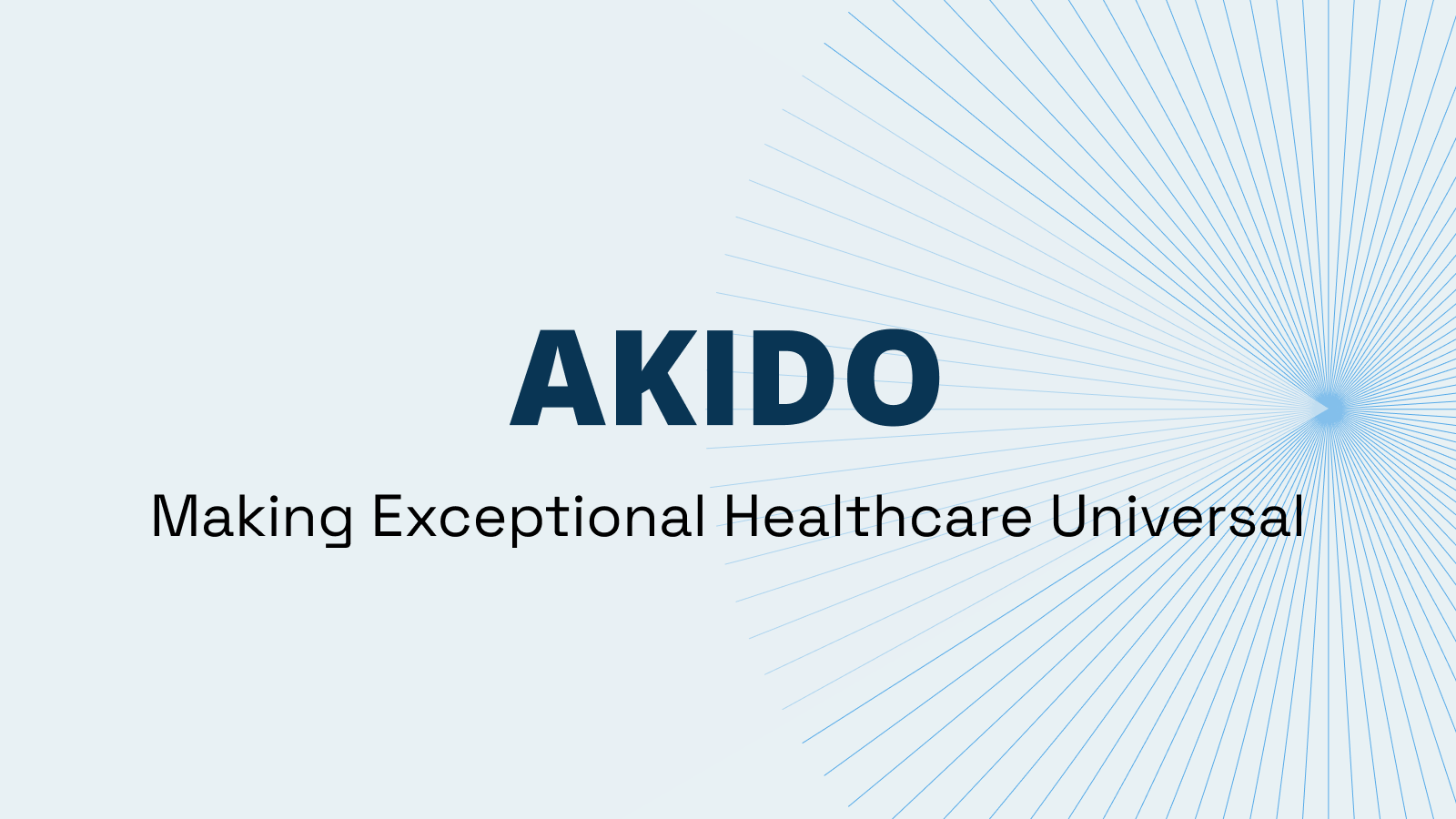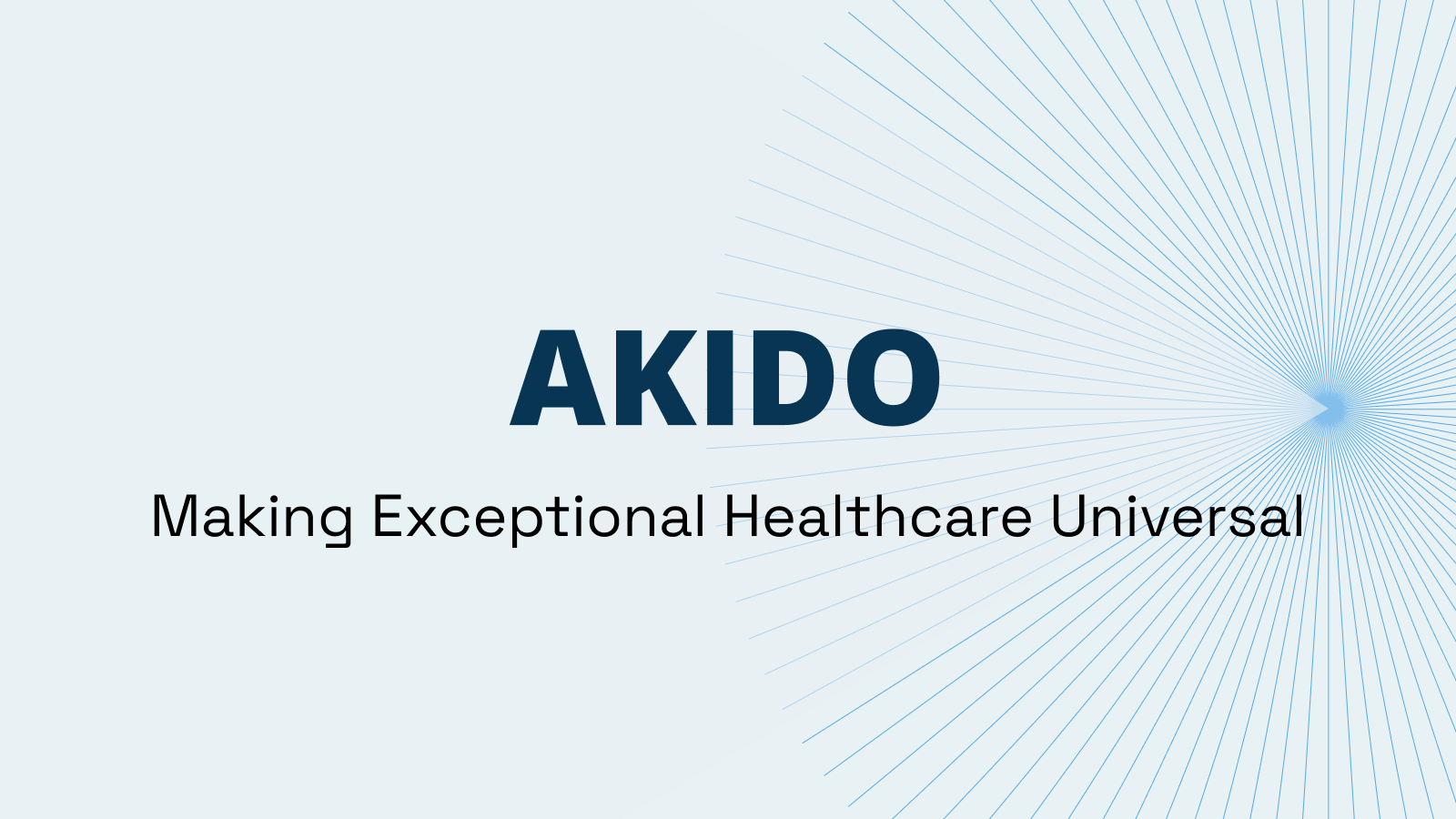Business Impact: AI turns medical assistants into force multipliers
Akido Labs is deploying ScopeAI, an LLM-based system that listens to patient-assistant visits, drafts a diagnosis and treatment plan, and routes it to a physician for approval. Akido reports 4-5× physician throughput and 24-hour access improvements for Medicaid and street-medicine patients. If scalable and compliant, this is a blueprint for bending cost curves and relieving staffing constraints-while raising urgent questions about FDA oversight, medical licensure, automation bias, and insurer reimbursement.

Executive Summary
- Capacity and access: MA-led, AI-guided encounters with asynchronous physician sign-off could unlock 4-5× physician capacity-advantaged for risk-bearing and safety-net providers.
- Regulatory gauntlet: FDA “doctor-in-a-box” scrutiny, state practice-of-medicine rules, and informed-consent expectations are in play despite human-in-the-loop design.
- Payer friction: Medicaid permits asynchronous approval in many cases; many commercial plans still require direct physician–patient contact-creating both inequity risk and negotiation leverage.
Market Context: From AI scribe to AI clinician adjutant
AI tools are common as documentation aids; ScopeAI goes further by performing key cognitive steps: structured history, differential, likely diagnosis, and plan. Under the hood, fine-tuned Llama models and Anthropic’s Claude power stepwise reasoning. Akido deploys in cardiology, endocrinology, primary care, and street medicine; it targets 92% “top-3 diagnosis capture” on historical datasets before go-live. California law permits AI in physician work and asynchronous diagnosis, but FDA and licensure applicability hinge on whether AI is effectively practicing medicine. Experts warn of automation bias when physicians review AI-generated plans without being in the room.

Strategically, this lands at the intersection of labor arbitrage and clinical standardization. For value-based care and capitated models, a reliable 4–5× throughput uplift could materially expand panel sizes and reduce cost per resolved episode. For fee-for-service groups, demand exists, but reimbursement may be denied absent physician–patient interaction. Expect payer policy updates and pilot carve-outs as data accumulates.

Opportunity Analysis: Where the advantage accrues
- Safety-net and risk-bearing providers: Biggest ROI from faster access and lower unit cost; asynchronous workflows already align with Medicaid flexibilities.
- Narrow clinical scopes first: Chronic disease management, low-acuity triage, and protocolized follow-ups present lower liability and clearer pathways to outcomes measurement.
- Differentiation via Trust & QA: Transparent consent, outcome studies vs. standard care, and bias monitoring become competitive moats—beyond mere model choice.
- Payer partnerships: Co-designed reimbursement for AI-assisted, asynchronous visits can convert today’s friction into preferred-network advantage.
- Tech stack choices: Open-weight Llama fine-tunes vs. proprietary models (Claude) affects cost, latency, PHI control, and auditability; all must sit under HIPAA BAAs with robust logging.
Action Items: Move now, mitigate later
- Run controlled pilots: IRB-style evaluation comparing AI-assisted vs. usual care on safety, time-to-treatment, and total cost of care; publish results to de-risk payer and regulator concerns.
- Define clinical guardrails: Start with defined conditions, red-flag escalation rules, and “must-see” criteria; measure physician correction rates and override patterns.
- Upgrade governance: Establish an AI clinical safety committee; monitor automation bias, calibration drift, and equity impacts across populations.
- Secure coverage and compliance: Engage malpractice carriers on AI workflows; validate FDA stance for your use case; confirm state licensure fit for asynchronous care.
- Renegotiate reimbursement: Pursue payer amendments enabling asynchronous physician approval and AI-assisted E/M coding; align incentives for access and outcomes.
- Strengthen consent and transparency: Explicitly disclose AI’s role in drafting diagnoses/plans; provide opt-out pathways without excessive wait penalties.
- Data and integration: Ensure PHI stays in HIPAA-compliant environments; implement audit trails into the EHR; prohibit vendor model training on identifiable patient data.
Leave a Reply